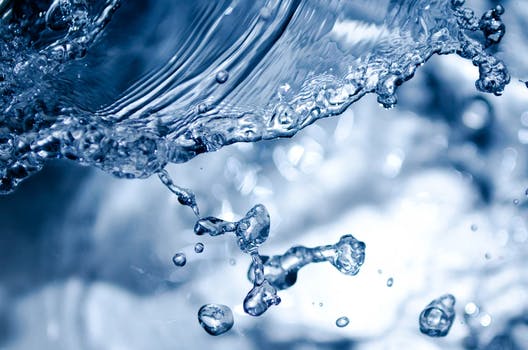The most common contaminants in water are byproducts of the purification process. Trihalomethanes are cancer-causing contaminants that form during water treatment with chlorine and other disinfectants. The total trihalomethanes group includes four chemicals: chloroform, bromodichloromethane, dibromochloromethane and bromoform.
Bromodichloromethane
Bromodichloromethane, one of the total trihalomethanes (TTHMs), is formed when chlorine or other disinfectants are used to treat drinking water. Bromodichloromethane and other disinfection byproducts increase the risk of cancer and may cause problems during pregnancy. Click here to read more about disinfection byproducts.
Chlorate
Chlorate forms in drinking water as a byproduct of disinfection. Chlorate impairs thyroid function, making chlorate exposure most harmful during pregnancy and childhood.
Cholorform
Chloroform, one of the total trihalomethanes (TTHMs), is formed when chlorine or other disinfectants are used to treat drinking water. Chloroform and other disinfection byproducts increase the risk of cancer and may cause problems during pregnancy.
Chromium
Chromium (hexavalent) is a carcinogen that commonly contaminates American drinking water. Chromium (hexavalent) in drinking water may be due to industrial pollution or natural occurrences in mineral deposits and groundwater. Read more about chromium (hexavalent).
Dibromochloromethane
Dibromochloromethane, one of the total trihalomethanes (TTHMs), is formed when chlorine or other disinfectants are used to treat drinking water. Dibromochloromethane and other disinfection byproducts increase the risk of cancer and may cause problems during pregnancy. Click here to read more about disinfection byproducts.
Radiation
Radiological contaminants leach into water from certain minerals and from mining. Drinking water contamination with radioactive substances increases the risk of cancer and may harm fetal development.
Hormones
Hormones in drinking water come from human and animal wastewater discharged into drinking water sources. Conventional drinking water treatment does not remove hormones.
A major challenge for water suppliers is how to control and limit the risks from pathogens and disinfection byproducts. It is important to provide protection from pathogens while simultaneously minimizing health risks to the population from disinfection byproducts. Some people who drink water containing total trihalomethanes in excess of the maximum contaminant level over many years could experience liver, kidney, or central nervous system problems and increased risk of cancer.
So, what does one do in order to make sure they’re getting water that isn’t toxic? First, you have to research about the water purity in your area. Tap water that is used for food consumption should be safe and if your tap water isn’t, then you have to filter out the contaminants. Most commerically available filtration systems and products aren’t sufficient enough to filter out the contaminants, at least in the water supply in Philadelphia. Personally, I use a Berkey filter with the additional fluouride cartridges. More on that another blog post.
Follow the link below to see what’s in your tap water. http://www.ewg.org/tap-water/whats-in-yourwater.php





